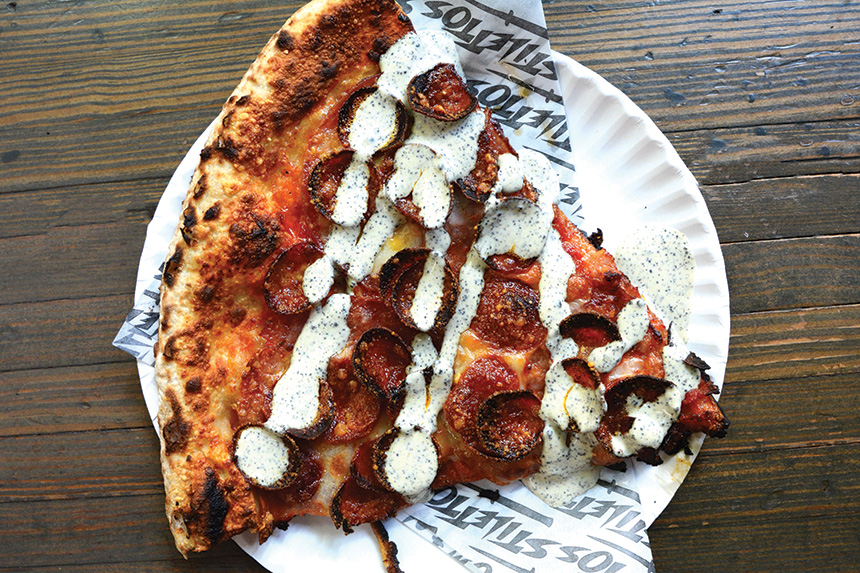There’s a five-alarm fire going on right now with commodities. Every recipe item is crazy-expensive. Customers are spending money right now, but it doesn’t matter when the actual yield or profit margin has never been tighter. We are gearing up for a recession; you need to get ready and price smart. Getting food cost right is only one aspect of the game. A solid pricing strategy that’s extraordinarily robust and thought out is the only way to maximize ticket value and profit from the transaction.

Mike Bausch, owner, Andolini’s Pizzeria
So, the basics of pricing out your menu are: Food Cost, Comparable menus and pricing sizzle. That means finding the food cost and then price it accordingly. If you want a 25-percent food cost and it costs $2.50 to make your pie, you need to charge at least $10. But if the average comparable price is more like $12, you could go up to match that price a little below or above. If you add the sizzle of marketing correctly, you can even sell it above that. These are the costing basics I have covered before.
But in this insane commodities world we’re in now, you have to look at other things to get actual yield. I had a friend who owned a restaurant that sold Filipino chicken skewers and rice, and it was incredible. Just “out of this world” incredible. His failure was that he sold one skewer of chicken with one side of rice for under $5. That was never enough to feed me, and I would order three skewers and two rice sides, basically the size of something you would get at Chipotle today. My ticket would be around $13, but I was the anomaly, the outlier; most people bought one skewer and one rice because that’s what was on the menu. When I said this to my friend, the owner, he said: “Well, that’s how they sell it in the Philippines. So that’s how I’m selling it here.” His restaurant eventually closed. If he had sold four skewers or a skewer combo pack, a place like that could have gotten to a better price point with a higher likelihood of success.
The lesson here is that it’s time to focus on combinations and packages to get people to a higher price point and couple it with side items. Give the customer the feeling of a deal while getting them to purchase more. This isn’t an option anymore; at this point, it’s a mandate. The pricing strategy on your sides needs to be tight. Wings are a great example. The debate with insane wing prices is to go to a smaller wing that’s more affordable, or if you love the size wing that you’re at, how do you get more profit for it? Maybe less quantity before choosing to raise the price.
It will take an excel spreadsheet to know for sure; if you aren’t trying different variations of quantity and sales cost, you are messing up. Find the size you can make the most profit at, decide the appropriate quantity for the price, and then combo it out to make maximum yield gains. If you sell by the slice, turning a six-cut slice into an eight-cut slice immediately gives you 33 percent more product to sell for no new cost. That’s the QTY game, and it’s for sure worth your time to do a two-hour refresh evaluation to see where you are missing opportunities for revenue yield gain.
MIKE BAUSCH is the owner of Andolini’s Pizzeria in Tulsa, Oklahoma. Instagram: @mikeybausch








